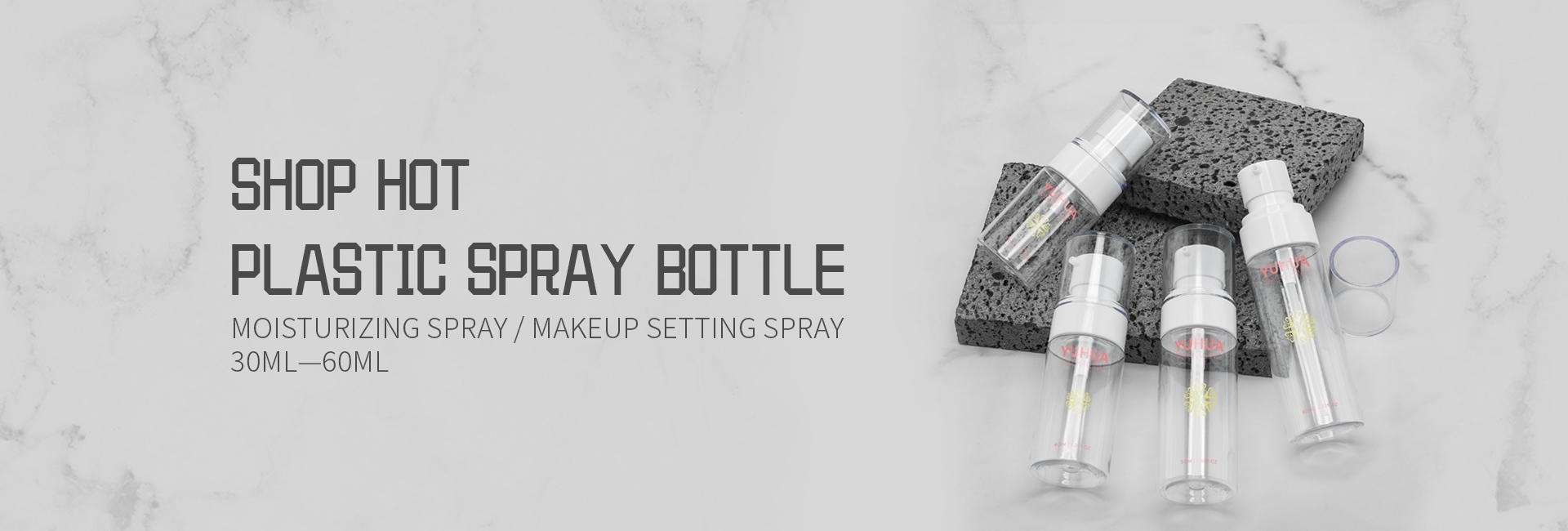What does the number on the bottom of the plastic product mean?
Plastic can be seen everywhere in our lives. Plastic products are made of different materials, with different materials and different applications. The numbers on the bottom of the plastic bottle represent different materials.
The number "1" represents polyethylene terephthalate, or PET. Mainly used in mineral water bottles, carbonated, fruit juice beverage bottles, soy sauce vinegar bottles, etc. The heat-resistant temperature of the PET bottle is 70 degrees Celsius, which is only suitable for warm or frozen drinks. It is easy to deform when it is filled with boiled water or heated, and substances harmful to the human body will also dissolve.
The number "2" represents high-density polyethylene, or HDPE. HDPE and other plastics make composite films, which are also used in aquatic products.
The number "3" stands for polyvinyl chloride, or PVC, because of its low price, it is also used to make intravenous infusion bags and disposable sterile infusion devices. However, long-term use can cause the accumulation of harmful substances DEHP. Therefore, from the perspective of safety, the choice of non-PVC materials in the pharmaceutical industry is the future trend.
The number "4" is low-density polyethylene, or LDPE. Plastic No. 4 is widely used for packaging. LDPE is mainly used in the production of food cling film and plastic bags for food.
The number "5" is polypropylene, namely PP. One is to make a container. PP is different from its material. PP can be put into a plastic container in a microwave oven, and it is a plastic container that can be used repeatedly, which can be used as a storage container to store food, oil, and condiments. The second is packaging film, with unstretched and biaxially stretched. Unstretched polypropylene (CPP) is often used in the packaging of snacks, breads, fruits, etc.; Biaxially oriented polypropylene (BOPP) is a flexible packaging material comparable to cellophane.
The number "6" is polystyrene, or PS. PS is mainly processed into films and foam plastics for packaging. Film is used for packaging fruits and vegetables; foam plastic is mostly used for bowls of instant noodle boxes and fast food boxes, but it is not resistant to high temperatures, so it cannot be directly heated in a microwave oven to avoid the release of toxic chemicals due to excessive temperature.
The number "7" is polycarbonate, which is PC or other plastics. Plastic containers made of PC material may release toxic bisphenol A. The higher the temperature, the more the release and the faster the speed, so do not heat it or expose it to direct sunlight.

